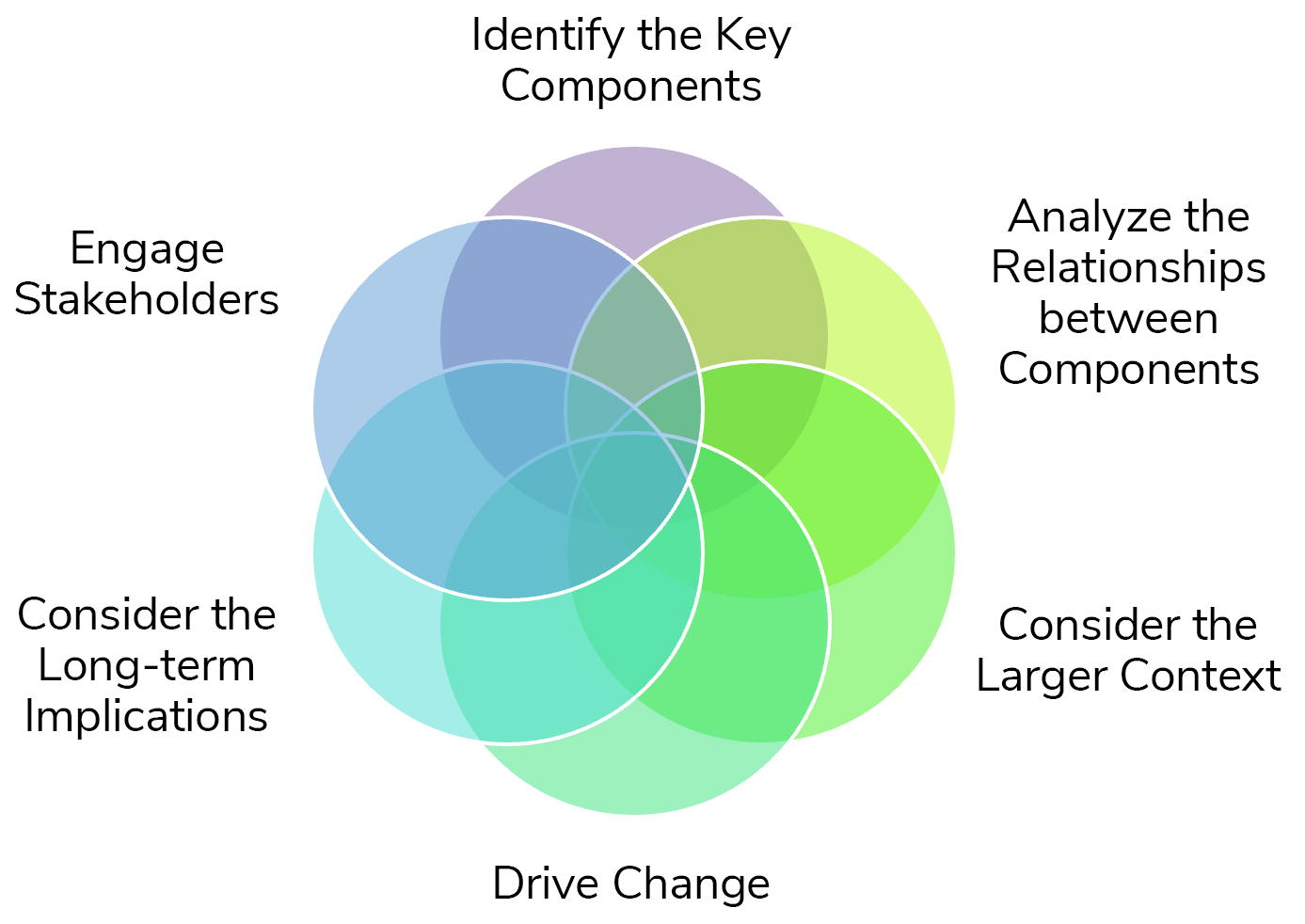Instructional Designers as Institutional Change Agents — from er.educause.edu/ by Aaron Bond, Barb Lockee and Samantha Blevins
Systems thinking and change strategies can be used to improve the overall functioning of a system. Because instructional designers typically use systems thinking to facilitate behavioral changes and improve institutional performance, they are uniquely positioned to be change agents at higher education institutions.
In higher education, instructional designers are often seen as “change agents” because they help to facilitate behavioral changes and improve performance at their institutions. Due to their unique position of influence among higher education leaders and faculty and their use of systems thinking, instructional designers can help bridge institutional priorities and the specific needs of various stakeholders. COVID-19 and the switch to emergency remote teaching raised awareness of the critical services instructional designers provide, including preparing faculty to teach—and students to learn—in well-designed learning environments. Today, higher education institutions increasingly rely on the experience and expertise of instructional designers.
Figure 1. How Instructional Designers Employ Systems Thinking
.









